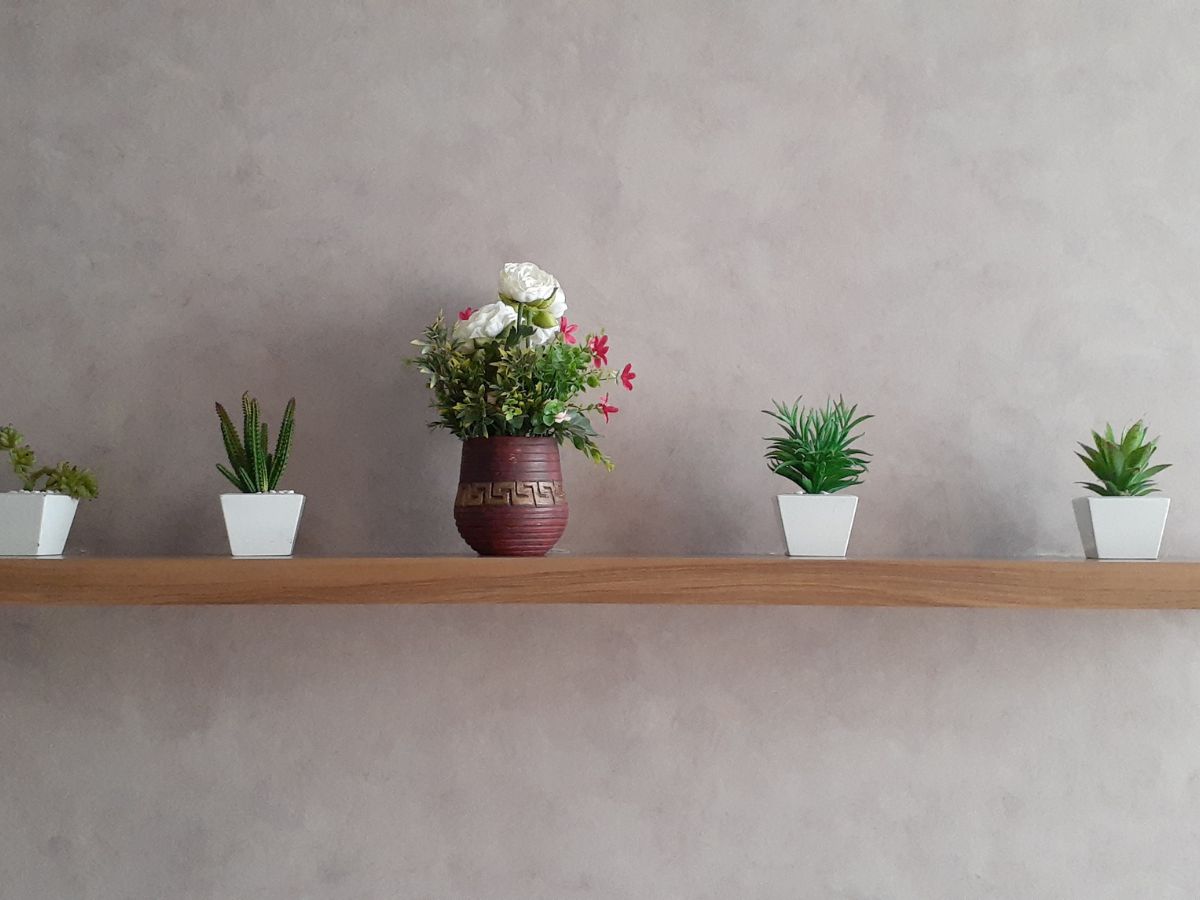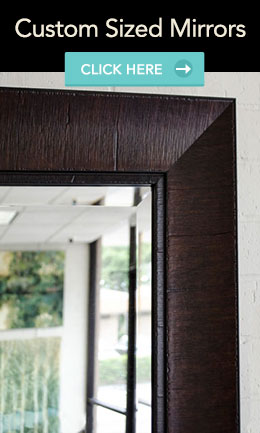
What Is a Wood Board Used For? Essential Uses in Interior Design and Remodeling
Wood boards are among the most versatile materials in interior design and remodeling. Whether you’re specifying for a high-end interior client, working on a facelift for a property builder, or reviewing materials with a homeowner, understanding what a wooden board is used for and how to choose the right one can make all the difference.
What is a wood board?
In simple terms, a wood board is a flat, rectangular piece of wood or engineered wood material cut to a standard thickness and size. It may be solid wood or an engineered product such as plywood, MDF (medium-density fiberboard), blockboard or particle board. Each of those materials offers different performance characteristics, cost levels and aesthetic potentials.

Primary uses in interior design and remodeling
- Furniture and cabinetry: Wood boards provide the basic planes for dressers, wardrobes, kitchen cabinets, shelving units, side tables and more. For example, plywood and MDF are often chosen for cabinets because they are stable and can accept finishes well.
- Wall panels and feature walls: Boards can serve as the substrate or visible surface for wall cladding, panels, built-in units and interior architectural detailing. For example, block boards are used for furniture, flush doors, shelves and decorative panels in modern interiors thanks to their stability and ease of machining.
- Structural subsystems and support: Some wood boards act as sub-flooring, underlayments, backs of cabinets or sheathing in remodels. Plywood in particular is valued because its cross-layered construction resists warping and bending.
- Custom joinery and finishing elements: For high-end interiors you might specify solid wood boards for visible surfaces–table tops, mantel surrounds, floating shelves–where grain quality and finish matter. The right board makes the design look intentional rather than off-the-shelf.
- Budget-conscious and engineered alternatives: Particle board and other low-cost engineered boards allow clients to get the look of wood paneling or furniture at a lower cost, though with trade-offs in durability and moisture resistance.

What to consider when selecting a board
- Application environment: Is it a dry living room or a damp bathroom? Choose moisture-resistant boards (for example, special plywood) for humid zones.
- Finish requirement: If a board will be painted or laminated, an MDF may offer a very smooth surface. For visible wood grain, select solid wood or high-grade veneer on a stable core.
- Dimensional stability: Boards that resist warping, especially over wide spans, are important when you’re designing custom features and joinery.
- Aesthetic quality: Grain pattern, edge detailing, and finish compatibility matter in upscale interiors where the board won’t be hidden.
- Cost vs specification: Specify the right board grade for load-bearing, finish, longevity and client expectation rather than over- or under-specifying.

Why it matters for you as a designer or builder
Choosing the wrong board can lead to warping, delamination, finish issues or client dissatisfaction. Specifying the right board streamlines install, improves durability and supports the aesthetic vision. For remodelers and builders, understanding board types helps manage budget and ensure that design intent is matched by build quality.
